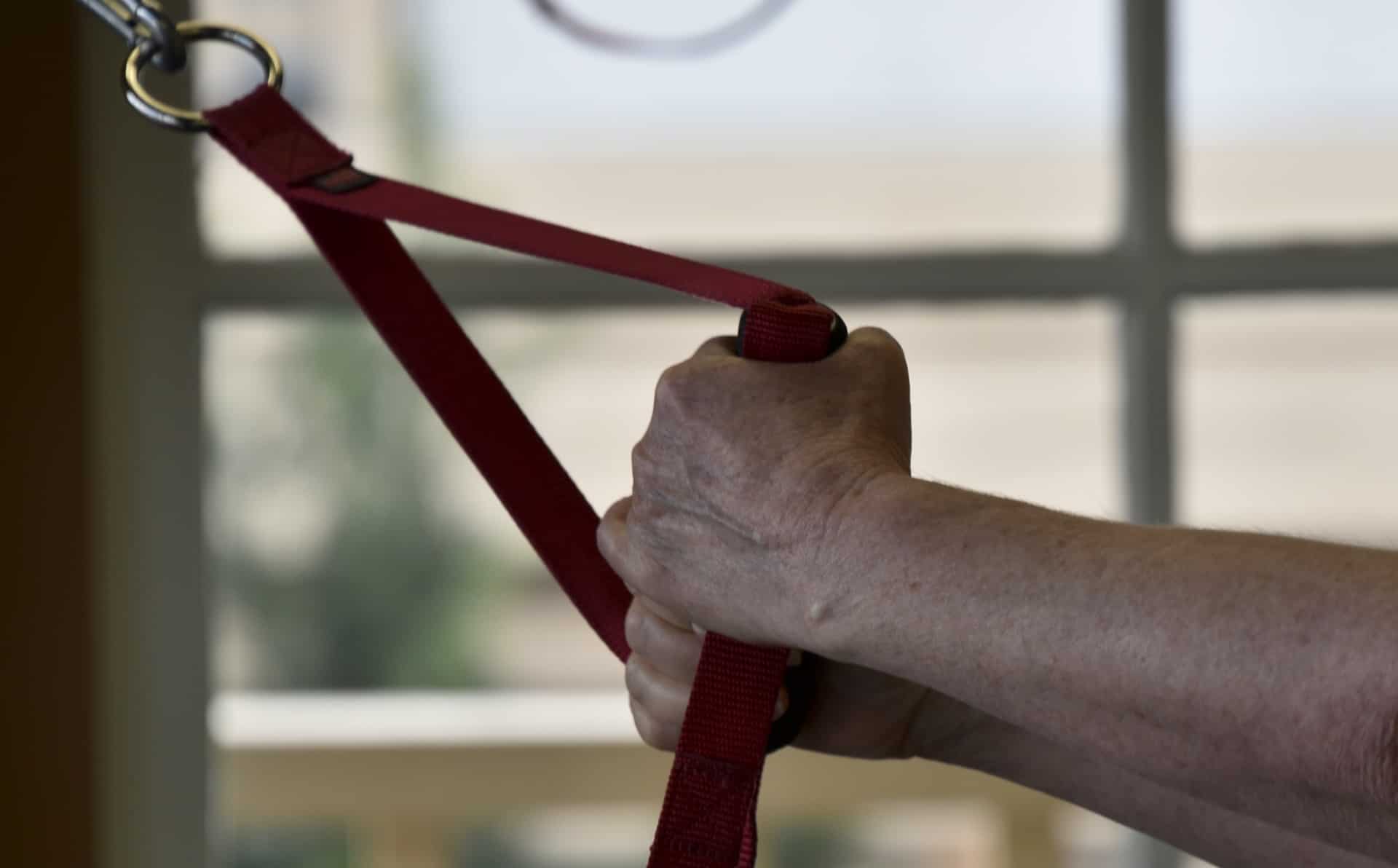
Do you experience tingling in your hands quite often? The causes can be many, ranging from excessive muscle tension to compression of the vertebrae. Here are some exercises to help you deal with it.
A very annoying, unpleasant feeling, which is suffering and tingling of hands is a result of, among others, excessive pressure on the limbs. This happens at night when you lie on one side for a long time. In the morning it is enough to move your hands for a while to make the tingling go away. But what to do when the cause lies deeper, and the hand suffering also occurs during the day? Here are some tried-and-tested ways to deal with it. A similar set of exercises is used in physiotherapy and it works in most cases.
Usually, numbness in the hands during the day is a problem with the musculo-fascial band. This starts in the middle of the chest near the sternum and only ends at the fingertips of the hands. So the problem that arises in the chest area is one of many causes of pain, numbness or tingling in the hands. It is primarily related to problems with blood circulation in the area of the pectoralis major muscle in the lesser clavicular region. It is from there that the blood flows to the arm, forearm and further to the hand. Very often these signals are misread as a problem with the entire chest muscles, sometimes even the heart muscle. If you do these few exercises and the chest pain and hand soreness goes away, you can be sure that the problem is right there!
It turns out that the problem of hand numbness, whose cause lies in the musculo-fascial band, can be removed with the help of two simple exercises, which we will describe below:
The first exercise is trivially simple, yet very effective. What do you need? Just a wall! Position yourself sideways to it at arm’s length. Then raise your arm and press it against the wall so that your whole hand is in contact with it. It is very important that the fingers are pointing backwards, so that the inner part of the forearm is facing forward. Straighten your arm in the elbow and try to push the shoulder down. In this position, begin to twist your torso toward away from the wall. After just a few inches of twisting, you should feel discomfort in your chest. If this is the case, step back a bit, this is supposed to be a stretch, not a seed for injury. No discomfort? Then twist your torso to that point and also step back a bit when you feel it. The icing on the cake is to tilt your head away from the wall. Hold this for about two minutes and repeat using the other arm. You can do several series to maximize the effects.
Now you will stretch the oblique muscles that start at the neck and end near the second rib slightly above the rib cage. How to do it Stand straight, place the palm of your right hand on your left clavicle or vice versa (you will perform this exercise using both hands, of course), the next step is to tilt your head to the side away from the clavicle on which your hand rests. That’s not all – tilt your head back, to the side and forward, and twist it slightly. You are supposed to find a position where you feel the maximum stretch occurring at the front of your neck, and ending at the shoulder bone or shoulder process area. You should also do this exercise for about 2 minutes per side. Ideally, you should be able to perform several series. For example, it can be two series in the morning and two series in the evening.
Within just a few minutes of completing the exercises, you should feel the blood rush to your arm and then your hands. They will become warmer – finally receiving oxygen and nourishment allowing them to work better. You will have to wait a few days for the first results.
Featured Image: pxhere.com